This Harissa sauce recipe, also called Harissa paste, comes together in minutes with simple ingredients that are easy to find. You can make it ahead, refrigerate it, and adjust the spice level to your liking. Here's how to make it at home.
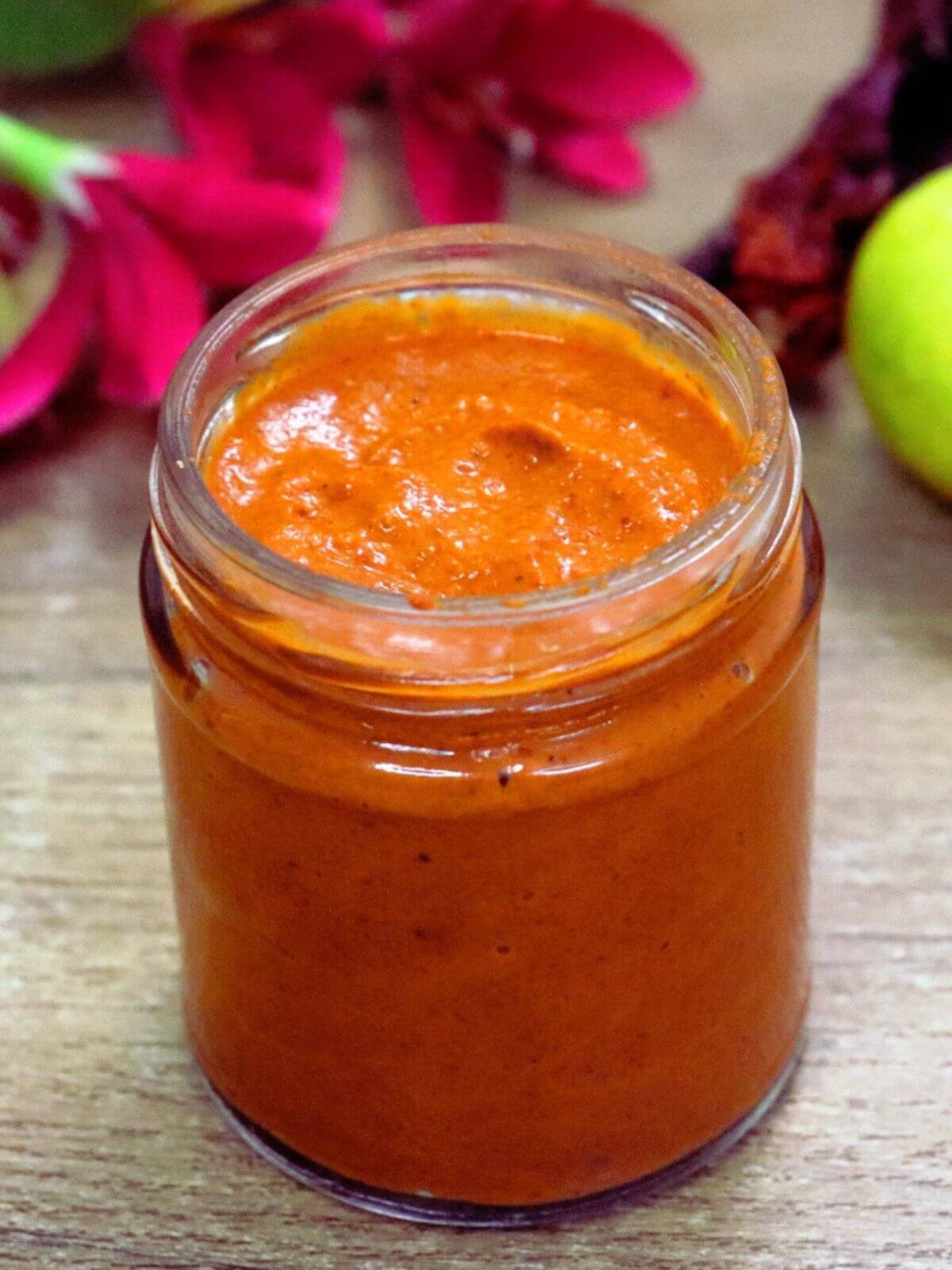
Harissa is a traditional North African chili paste that is spicy, smoky, and tastes delicious. I always keep a small jar in my fridge to add to my grilled harissa chicken skewers, stews, grilled meats, sandwiches, and dips.
I started making this harissa sauce at home after struggling to get good ones at stores. It comes together quickly and tastes so much better than the store-bought.
I love mixing my homemade harissa sauce or paste with creamy bases, such as Greek yoghurt, mayonnaise, sour cream, or even hummus. It makes the tastiest dips and spreads, perfect for roasted Mediterranean vegetables, Chicken shawarma salad bowls, or Mediterranean roasted potatoes
What is Harissa?
Harissa is a North African chili paste, especially popular in Tunisia, but loved all across the Middle East and Mediterranean for its smoky, spicy flavor. Harissa paste is made from dried red chilies, garlic, spices, olive oil, and warm spices like cumin, coriander, and caraway.
You can use this homemade harissa paste to add instant flavour to many dishes. Try it as a marinade for meats, spread it on bread, or mix it with yogurt or mayonnaise for a tasty dip.
I like to make this harissa sauce fresh, just before I grill these harissa chicken skewers. It gives them the best colour and flavour.
Jump to:
Why you'll love this recipe!
- You can adjust the spice level of this DIY harissa sauce recipe exactly how you like it.
- Ability to control texture. You can make the harissa paste as smooth or as chunky as you prefer.
- No preservatives, and it tastes so much better than store-bought ones. I love it.
- It stores well in the refrigerator for several weeks. It's one of those easy spicy condiment recipes that you can keep in the fridge and use as needed.
Harissa Sauce Ingredients
See the recipe card at the end of the post for full ingredients, quantities, and a printable version.
What kind of red chilies are used to make Harissa?
Harissa paste or sauce gets its signature heat and colour from red chili peppers. While Baklouti peppers are traditional, I find them hard to get.
You can still achieve authentic Harissa flavour by using a combination of easily accessible chilies, based on your preferred spice level and availability. Here are a few suggestions:
- For mild to medium heat and bright red colour, try Kashmiri dried red chilies, Guajillo, and New Mexico for a fruitier touch.
- For moderate to hot spice, Chile de Árbol or dried Cayenne works well.
- To add a smoky flavour, use dried Chipotle or Ancho chilies.
- For a fiery kick, use Bird's Eye, Serrano, or Habanero (fresh) sparingly.
- Add Paprika if you do not want too much heat but still want color.
Other Ingredients:
- Toasted caraway seeds: Add earthy flavour and are common in Arabic cuisine and Tunisian harissa. I use it in my recipe, like this chicken tikka biryani and Hyderabadi green chicken curry. If you don't have them, skip them. Your sauce will still taste great.
- Fresh red bell pepper: Roast it for a smoky, slightly sweet flavour and bright color in harissa paste. You can also use canned roasted peppers to save time.
- Garlic: Adds amazing aroma and flavor. Use ½ to 1 teaspoon garlic powder if you don't have fresh garlic.
- Tomato paste: Gives color and tangy flavor. You can use sun-dried tomatoes or thickened tomato puree instead.
- Olive oil: Use extra virgin olive oil for smooth texture and flavor. Other oils work, but you will lose that true Mediterranean taste.
- Lemon juice: Balances heat and adds freshness. Lime juice or vinegar works too.
- Ground cumin: Adds warm, earthy flavor. Toast whole cumin seeds before grinding for extra aroma. I use cumin in my Mediterranean chickpea salad and skillet chicken fajita recipe.
- Ground coriander: Adds mild sweetness and depth to this spicy harissa sauce. Lightly toast the seeds if using whole, and then grind them to a powder. You can use it in other recipes like this Mediterranean chicken and chickpea soup.
- Smoked paprika: It gives color and a smoky taste. Regular paprika is fine if that is what you have.
How to make Harissa Sauce at home (Step-by-Step)
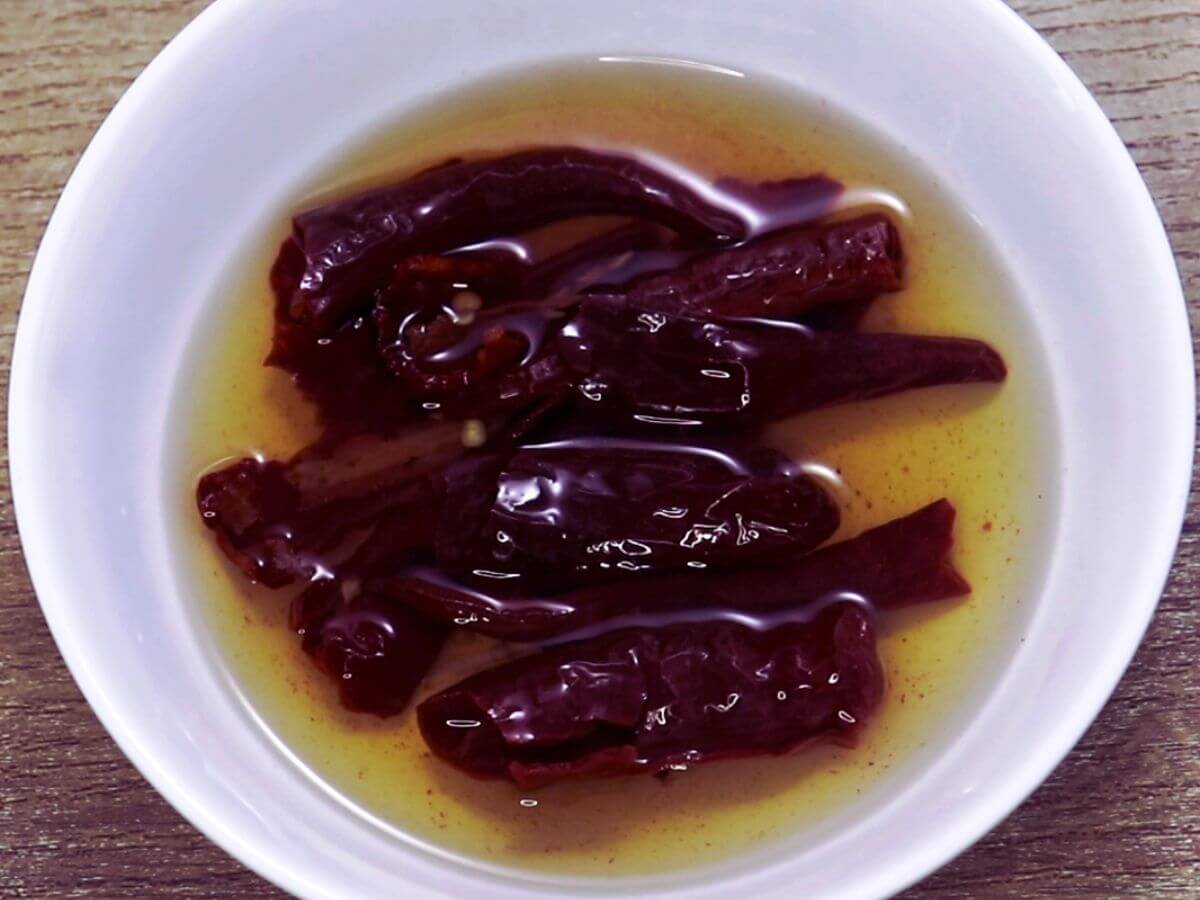
Step 1: Cut dried red chilies in half, remove seeds and stems. Soak them in hot water for 15 minutes or until soft.
Tip: Wear gloves. Skip soaking if using fresh chilies.
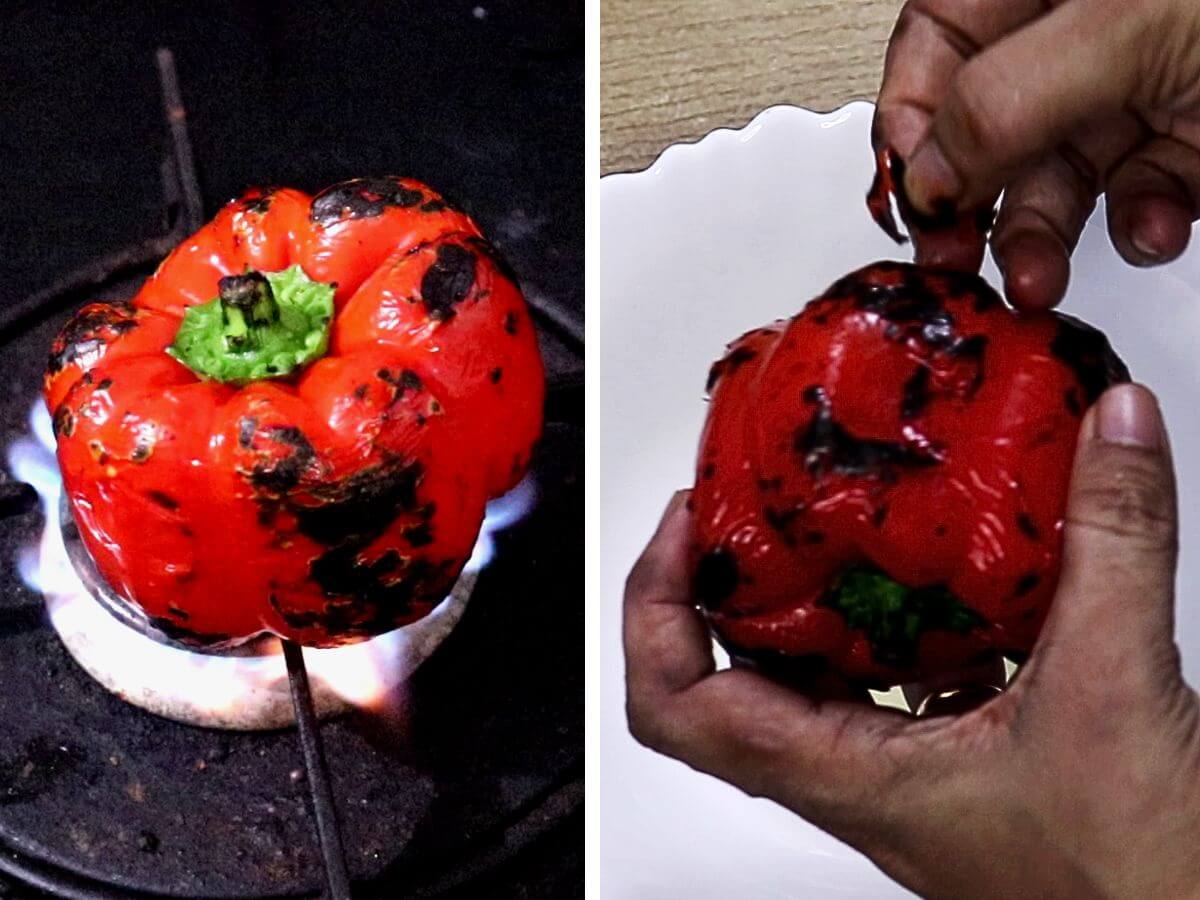
Step 2: Rub a little oil on the bell pepper before roasting. It helps to char evenly. Roast a large bell pepper over an open flame until its skin is charred. Transfer it to a bowl and cover it with a plate. This steams the pepper, making it easier to peel off the burnt skin. Don't worry if a few small charred bits remain.
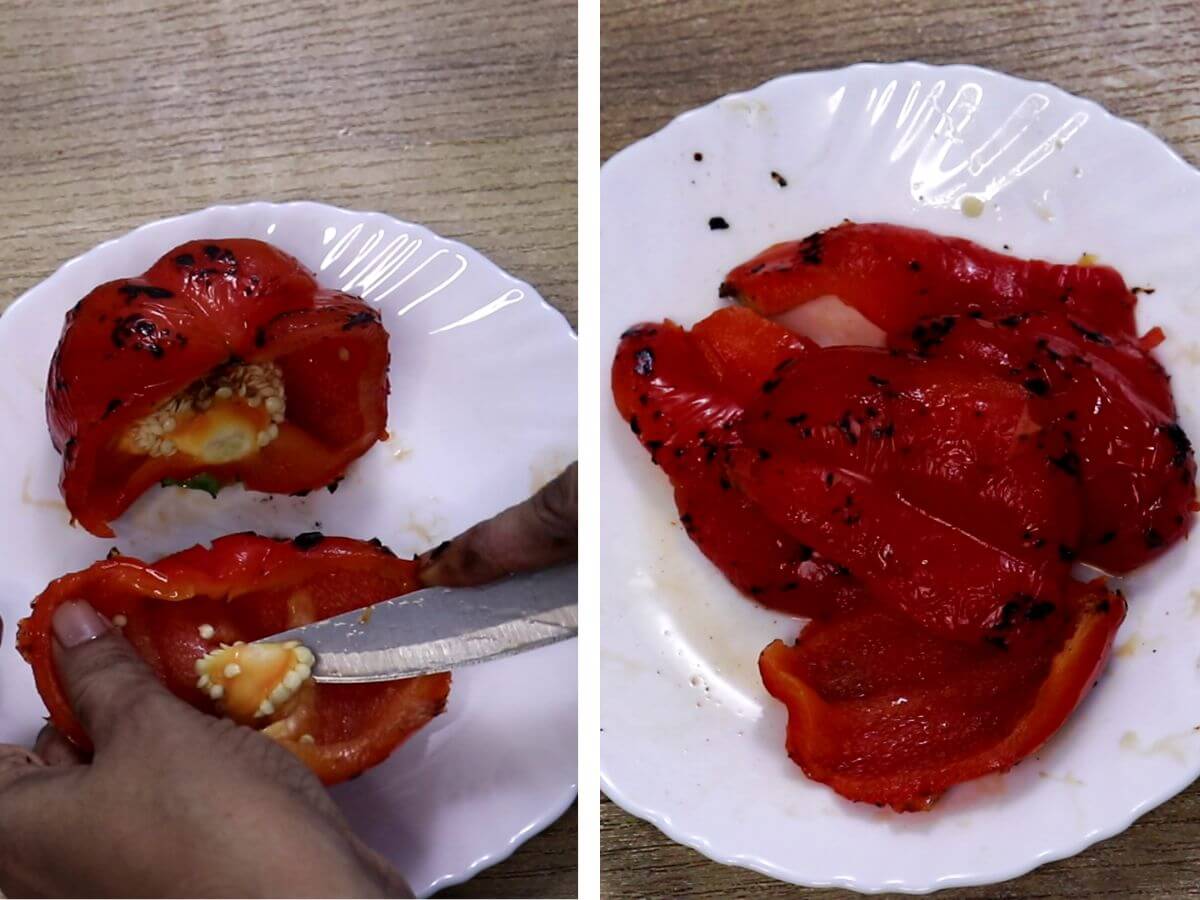
Step 3: Now, cut the bell pepper, remove the stem, and discard the seeds. Cut into pieces.
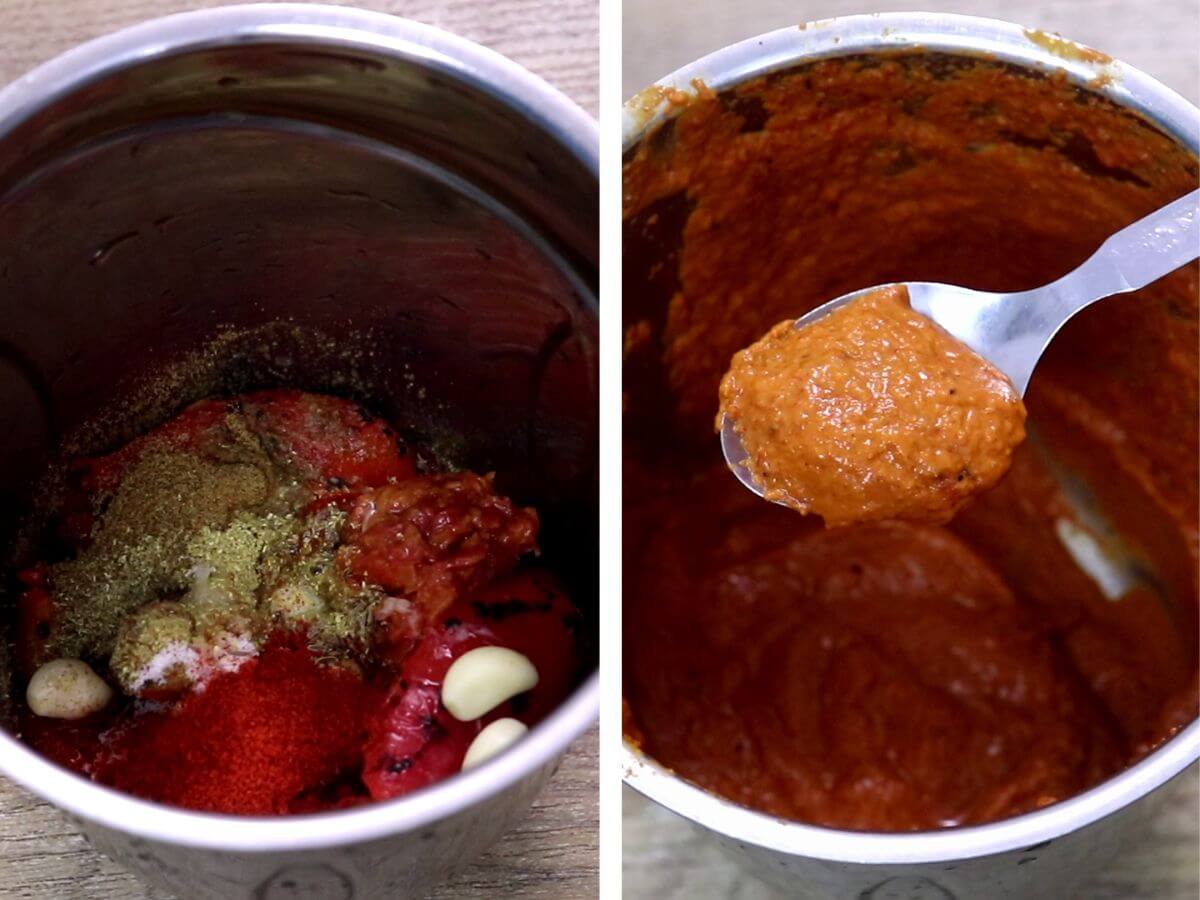
Step 4: Drain the softened chilies. Add them to your blender with roasted bell pepper, tomato paste, garlic cloves, ground cumin, ground coriander, smoked paprika, ground caraway seeds, salt, and lemon juice. Blend this harissa paste, either coarse or smooth.
If the paste is too thick, slowly add more olive oil. A little water can also be used.
Taste and adjust salt, lemon juice, or smoked paprika as desired.
Transfer the harissa paste or sauce to a clean, airtight jar.
Tips for making Harissa paste
- Adjust the consistency: Add a little more olive oil or a splash of water (the soaking water from chilies works great) while grinding. Make it as thick or smooth as you like.
- Protect your hands: Wear gloves when handling red chilies, especially the hot ones. The oils can burn your skin, and trust me, do not touch your eyes or face.
- Customize to taste: Harissa is all about personal flavor. Taste as you go and adjust the salt, lemon juice, or number of chilies to suit your spice level.
How to use Harissa sauce or paste
I love how this sauce can instantly make so many dishes more flavorful with its spicy, smoky, and aromatic touch. Here's how I use it:
- To serve alongside: I often serve harissa just like a hot sauce. This spicy condiment goes well with boiled eggs, next to grilled lemon garlic chicken, Mediterranean chicken kabobs, or stirred into my soup, adding a delicious flavor.
- Cooking essential: I find it excellent for mixing right into my cooking. I add it to stews, soups, or sauces to give them a much deeper flavor.
- Marinades and rubs: I use harissa paste to marinate meats like chicken, lamb, or fish, or even sturdy vegetables like cauliflower and carrots, before grilling, roasting, or pan-frying. It creates a delicious flavor that fills them with rich aromatic spice.
- Dips and spreads: I love blending this sauce with creamy things like Greek yogurt, mayonnaise, sour cream, or hummus to make tasty dips or spreads for most of my Mediterranean dishes.
- Quickly adds flavor: Just a small spoonful of harissa can improve simple meals. I often stir it into rice, couscous, pasta, Mediterranean shakshuka, or even scrambled eggs for an instant burst of North African flavor.
Recipe FAQs
Yes, harissa paste is spicy, but the spice level depends on the type and quantity of red chillies used. If you are following this recipe, you will get mild spicy harissa. If you want to make it spicier, increase the quantity of red chilies, and to reduce the spiciness, decrease the quantity of red chilies.
It is a spicy, smoky, and tangy North African chili sauce or paste with a hint of sweetness from roasted red peppers. This paste has great flavor, is well-balanced, and tastes so delicious that you will keep coming back for more.
Transfer the homemade Harissa sauce to a clean, dry, and sterilized glass jar within two hours of making it. Pour a thin layer of olive oil on top to seal and preserve it.
After each use, top up this oil layer again. Store it in the fridge for 2-3 weeks. Always use a clean, dry spoon to scoop it out, and throw it away if you notice mold or a strange smell. For longer storage, freeze it in small portions. It stays good for up to 3 6 months.
Recipe Card

Harissa Sauce Recipe
Video
Equipment
- 1 Mixer/Blender Jar
Ingredients
- 7 dried red chilies (I used Kashmiri red chilies)
- 1 large red bell pepper
- 3 garlic cloves
- 1 tablespoon tomato paste
- 1 tablespoon olive oil (for grinding) and more to top if storing harissa.
- 1 tablespoon lemon juice
- 1 teaspoon ground cumin
- 1 teaspoon ground coriander
- 1 teaspoon smoked paprika
- 1 teaspoon toasted caraway seeds skip if you do not have them
- Salt to taste
Instructions
- Prepare dried chilies: Cut dried red chilies in half, remove seeds and stems. Soak them in hot water for 15 minutes or until soft. Tip: Wear gloves. Skip soaking if using fresh chilies.
- Roast red bell pepper: Rub a little oil on bell pepper before roasting. It helps to char evenly. Roast a large bell pepper over an open flame until its skin is charred. Transfer it in a bowl and cover it with a plate. This steams the pepper, making it easier to peel off the burnt skin. Don't worry if a few small charred bits remain. Then cut the bell pepper, remove the stem, and discard the seeds. Cut into pieces.
- Blending the Harissa paste: Drain the softened chilies. Add the drained chilies, roasted bell pepper, tomato paste, garlic cloves, ground cumin, ground coriander, smoked paprika, ground caraway seeds, salt, and lemon juice to your blender or food processor. Blend either coarse or smooth paste. If too thick, gradually add more olive oil. A little water can also be used. Taste and adjust salt, lemon juice, or smoked paprika as desired.
- Store Your Harissa paste: Transfer the paste to a clean, airtight jar. Crucial Storage Tip: Pour an extra layer of olive oil over the surface to seal and preserve it. Replenish this oil layer after each use. Enjoy your fresh, homemade harissa.
Notes
- Protect your hands: Wear gloves when handling red chilies. Their oils can burn your skin.
- Avoid touching your face or eyes while working with chilies.
- Customize to taste: Taste as you blend the harissa paste. Adjust salt, lemon juice, or chilies to match your spice level.
- Enhance spices: Toast caraway, coriander, and cumin in a dry pan until fragrant, then grind for extra flavor.
- Adjust consistency: Add more olive oil or a little chili-soaked water while blending. Make Harissa thick like a paste or smooth like a sauce.
Nutrition
Nutrition information is automatically calculated, so should only be used as an approximation.

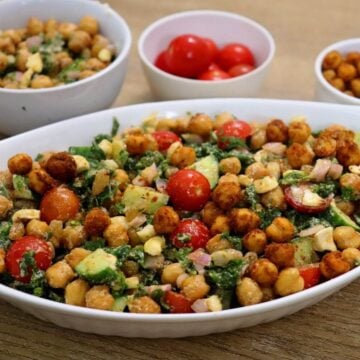
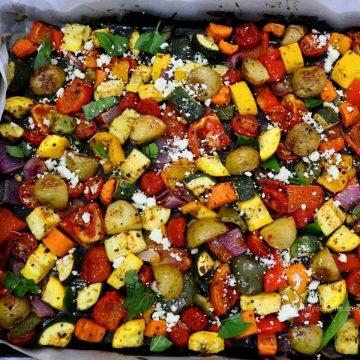


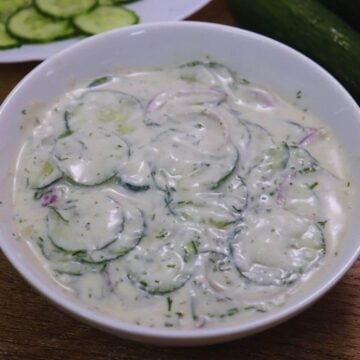
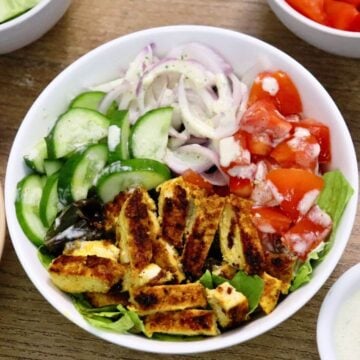
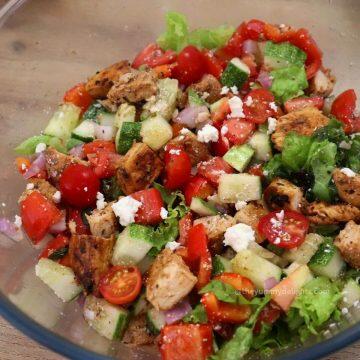
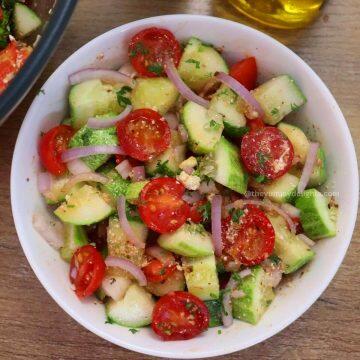
Preeti
I have made this Harissa and I am so happy how it turned out. Everything came together in minutes with simple ingredients, and it tastes incredibly delicious. You've got to try it, so handy to have it in the fridge for adding instant flavor to any dish.